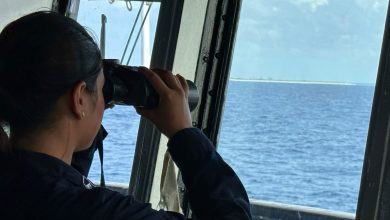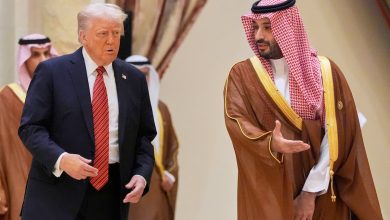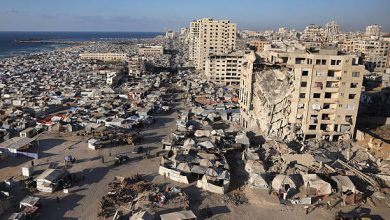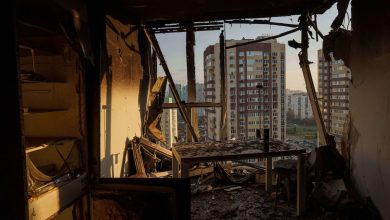Watch the US Air Force load inert nuclear bombs in F-35 for tests

The Energy Department and Air Force in August successfully carried out the first tests dropping unarmed B61-12 nuclear gravity bombs from an F-35A fighter, the laboratory in charge of overseeing nuclear weapons said this week.
Sandia National Laboratories said in a Thursday release that it, along with the National Nuclear Security Administration, staged multiple flight tests at Tonopah Test Range in Nevada from Aug. 19 to Aug. 21, with the assistance of personnel and aircraft from Hill Air Force Base in Utah.
These were so far the only tests of the B61-12 from an F-35, Sandia said, and marked a major milestone in ensuring the aircraft, crews and weapons would work reliably on a mission. The B61-12s dropped were joint test assemblies, identical to bombs that would be used in war except that they did not have nuclear warheads.
“These B61-12 F-35A stockpile flight tests and captive carry flight test were the capstone accomplishment of a tremendous amount of planning and effort by those who were involved across not only Sandia, but many other agencies,” Jeffrey Boyd, Sandia surveillance lead for the B61-12 and -13 bombs, said.
“In addition, these B61-12 stockpile flight tests represent the completion of the most B61-12 flight testing surveillance scope in a year to date and the most in a given year for the foreseeable future,” he said.
The testers also conducted the first thermal preconditioning of the joint test assembly prior to being carried on an F-35 before being released, Sandia said, which verified the bomb would work in real world environments.
A video and photos posted by the laboratory show Sandia and Air Force personnel carefully moving a B61-12 across a flightline at Hill in the early morning hours of Aug. 19, then loading a pair of the bombs into an F-35’s twin weapons bays before the fighter takes off for Tonopah.
The B61 family of nuclear gravity bombs are deployed from U.S. Air Force and NATO bases and have been in the U.S. arsenal in one form or another for more than 50 years.
Last December, the NNSA finished a life extension-program to the B61-12 which will extend its service life by at least 20 years. That project involved refurbishing, reusing or replacing nuclear and nonnuclear bomb components.
The B61-12 replaced three previous models that were in the nation’s stockpile, the B61-3, -4, and -7, the Air Force said in a 2021 release. It marked the first major program to modernize an Air Force nuclear warhead in more than three decades. As part of that upgrade, the Air Force Nuclear Weapons Center led the development of a new Boeing-made guided tail kit for the B61-12, and integration with the B-2 Spirit bomber as well as the F-15E, F-16 and F-35 fighters.
Brian Adkins, the Tonopah Test Range manager who oversaw these B61-12 tests, said the effort included two successful days of testing to evaluate three test assets.
These F-35 tests took place well before President Donald Trump posted a social media message in late October saying he had ordered the Defense Department to “start testing our Nuclear Weapons on an equal basis” with other nations, which he claimed were secretly carrying out nuclear tests. Trump’s comments created concern that the United States might abandon its more than three-decade moratorium on test explosions of nuclear weapons.
Energy Secretary Chris Wright said in an early November interview that tests focusing on subsystems of new nuclear weapons were in the works, but would not result in a full nuclear detonation.
Stephen Losey is the air warfare reporter for Defense News. He previously covered leadership and personnel issues at Air Force Times, and the Pentagon, special operations and air warfare at Military.com. He has traveled to the Middle East to cover U.S. Air Force operations.







